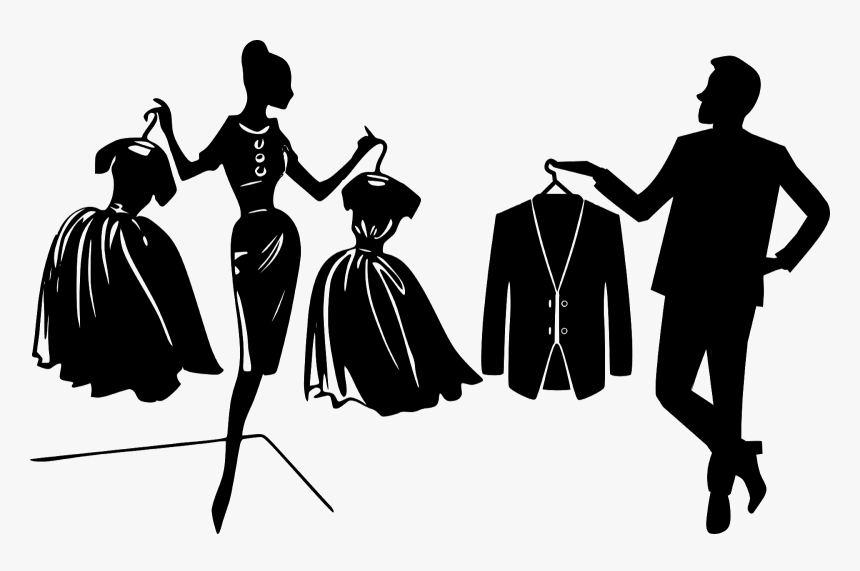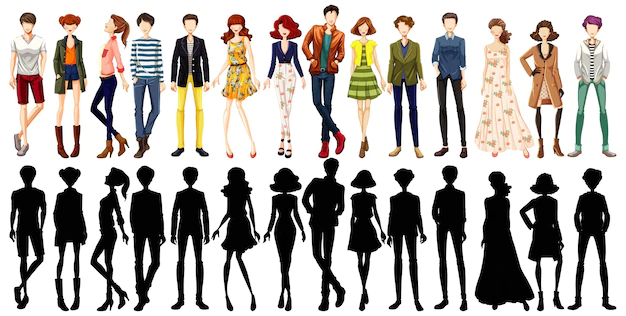Optimizing Comfort and Style in High-Heeled Footwear: A Comprehensive Guide
The selection of high-heeled footwear often presents a challenge: balancing aesthetic appeal with the crucial need for comfort. This guide offers a structured approach, integrating biomechanical principles and ergonomic considerations to aid in the informed selection of comfortable and stylish heels. Key concepts to be explored include anthropometric measurements (foot size and shape), biomechanical principles of weight distribution and gait, material science in relation to footwear construction, and ergonomic design principles in footwear.
- Anthropometric Assessment: Establishing a Precise Fit: Accurate foot measurement is paramount. Professional podiatric assessment is recommended to determine precise foot length, width, and arch height. This ensures the selection of footwear that conforms to individual foot morphology, minimizing potential discomfort and injury risk, as outlined in ergonomic design principles. Ignoring this crucial step can lead to ill-fitting footwear, increasing the risk of conditions like bunions and plantar fasciitis.
- Heel Height Optimization: Balancing Aesthetics and Biomechanics: Heel height significantly impacts comfort and postural alignment. A moderate heel height (2-3 inches) generally offers an optimal balance between style and biomechanical efficiency, minimizing strain on the plantar fascia and ankle joints. Higher heels drastically alter the center of gravity, demanding increased muscular effort for balance and gait, potentially leading to musculoskeletal pain. This is consistent with biomechanical principles of gait analysis.
- Material Selection: Prioritizing Quality and Performance: High-quality materials, such as full-grain leather or high-grade suede, offer superior comfort, breathability, and durability compared to synthetic alternatives. These materials conform better to the foot's shape, reducing friction and pressure points. The superior physical properties of these materials contribute to long-term comfort and extend the lifespan of the footwear, reflecting a cost-benefit analysis regarding material choice.
- Internal Cushioning and Support: Enhancing Comfort and Reducing Strain: Internal cushioning, via well-padded insoles or strategically placed gel inserts, is crucial for distributing pressure evenly across the plantar surface. This minimizes stress on pressure points, particularly the metatarsal heads and heel, reducing the risk of metatarsalgia and plantar fasciitis. The use of cushioned insoles directly addresses ergonomic design principles aimed at minimizing musculoskeletal stress.
- Toe Shape Selection: Maximizing Toe Space and Comfort: The toe box shape influences comfort and foot health. Rounded or peep-toe styles offer greater toe space, minimizing pressure and preventing potential toe deformities such as bunions and hammertoes. Pointed toes, often associated with higher fashion trends, compromise toe space and can lead to discomfort and long-term foot problems, directly impacting the ergonomic design and its influence on foot health.
- Heel Base Width: Optimizing Stability and Weight Distribution: Wider heel bases, in contrast to narrow stilettos, offer enhanced stability by improving the base of support and distributing weight more evenly. This reduces stress on the ankles and forefoot, minimizing the risk of ankle sprains and metatarsalgia. The concept of stable base of support is fundamental in biomechanics and directly impacts gait and stability.
- Arch Support: Ensuring Proper Weight Distribution and Reducing Fatigue: Proper arch support is essential for distributing weight correctly, reducing strain on the plantar fascia and minimizing foot fatigue. Heels with built-in arch support, or those accommodating orthotic inserts, contribute significantly to long-term comfort. This principle aligns with the understanding of the biomechanics of the foot and its role in weight-bearing activities.
- Sole Flexibility: Assessing Natural Gait and Comfort: Sole flexibility is crucial for natural gait. A flexible sole allows for a more natural range of motion during walking, reducing stiffness and discomfort. Conversely, rigid soles hinder natural foot movement, leading to fatigue and discomfort. The consideration of sole flexibility is directly relevant to the biomechanics of walking and running.
- Ankle Straps and Support: Enhancing Stability and Fit: Ankle straps provide added support and stability, preventing the foot from sliding forward and enhancing overall security. This design feature directly improves comfort and reduces the risk of injury by preventing excessive movement within the shoe. The principles of support and stability are central to ergonomic design.
- Toe Box Dimensions: Avoiding Constriction and Potential Deformities: Ample toe box space is essential for preventing discomfort and potential foot deformities. Narrow toe boxes constrict the toes, leading to pressure, discomfort, and potential long-term problems like bunions and hammertoes. This directly reflects the principles of ergonomic design in footwear and the importance of providing adequate space for the toes.
- Pre-Purchase Evaluation: A Practical Approach to Fit and Comfort: A thorough pre-purchase evaluation involves a test walk, ensuring the heels feel comfortable and secure. Trying on different sizes and styles allows for optimal fit and comfort assessment. This mirrors the practical application of ergonomic principles and anthropometric considerations in real-world settings.
- Gradual Break-In Period: Acclimatizing Footwear to Foot Morphology: Breaking in new heels gradually reduces the risk of blisters and discomfort. Wearing them for short periods initially allows the shoes to mold to the foot's shape, improving comfort and reducing the risk of injury. This approach is directly related to the adaptability of materials and the need for gradual acclimatization of the foot to the footwear.
- Heel Width and Base Stability: Balancing Style with Biomechanics: Wider heels improve stability and distribute weight more evenly across the foot, reducing stress on the balls of the feet. This consideration aligns with the principles of biomechanics and aims to minimize excessive pressure on specific areas of the foot.
- Weight Distribution and Platform Design: Optimizing Balance and Reducing Strain: Heels with evenly distributed weight, like platforms or wedges, alleviate pressure on the forefoot and provide a more even stride. This reduces strain on specific areas of the foot and improves overall comfort. This design approach reflects a direct understanding of the principles of biomechanics and the optimal distribution of body weight during gait.
- Somatosensory Feedback: Listening to Your Body's Signals: Paying attention to your body's feedback is crucial. Discomfort or pain signals that a pair of shoes is not suitable. Prioritizing comfort over aesthetics ensures foot health and long-term well-being. This emphasizes the importance of individual experience and the subjective nature of comfort.
Conclusions and Recommendations: Selecting comfortable and stylish high heels requires a holistic approach that integrates anthropometric measurements, biomechanical principles, and ergonomic design considerations. By prioritizing proper fit, choosing quality materials, and considering heel height, base width, and internal cushioning, individuals can significantly enhance their comfort and reduce the risk of foot and ankle injuries. Further research could explore the development of innovative materials and designs that optimize comfort while maintaining aesthetic appeal. This interdisciplinary approach, combining podiatric expertise with footwear design, promises to significantly improve the wearer experience and minimize the negative impacts often associated with high-heeled footwear. The practical application of these guidelines can positively influence the footwear industry and promote healthier foot care practices.
Reader Pool: Considering the presented biomechanical and ergonomic principles, how might the design and manufacturing of high-heeled footwear be further optimized to improve comfort and reduce the risk of associated injuries?




